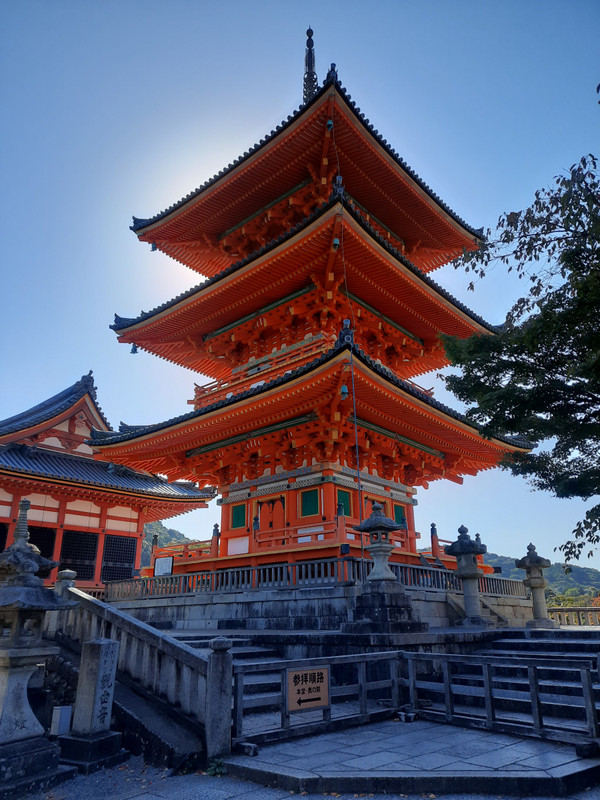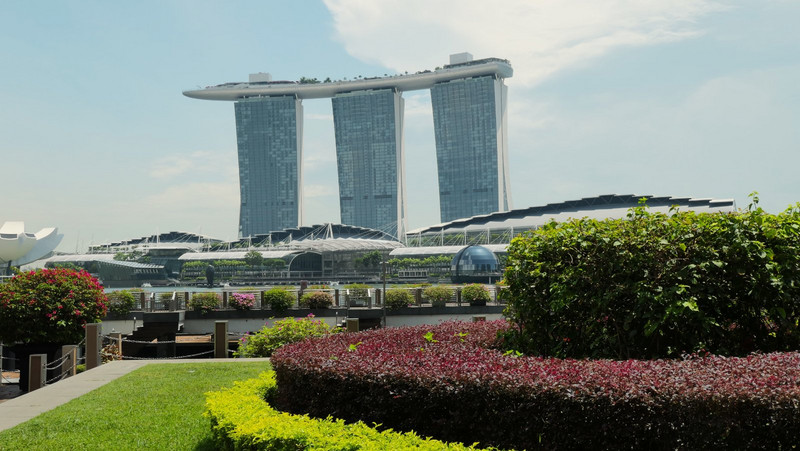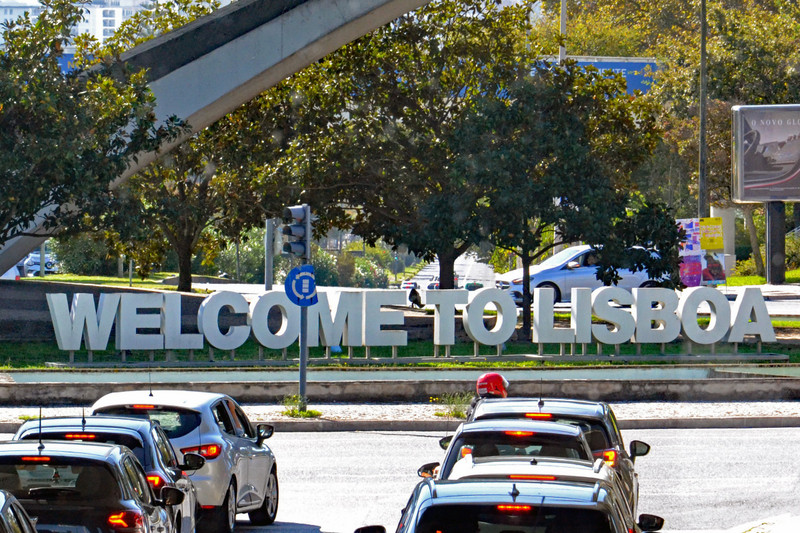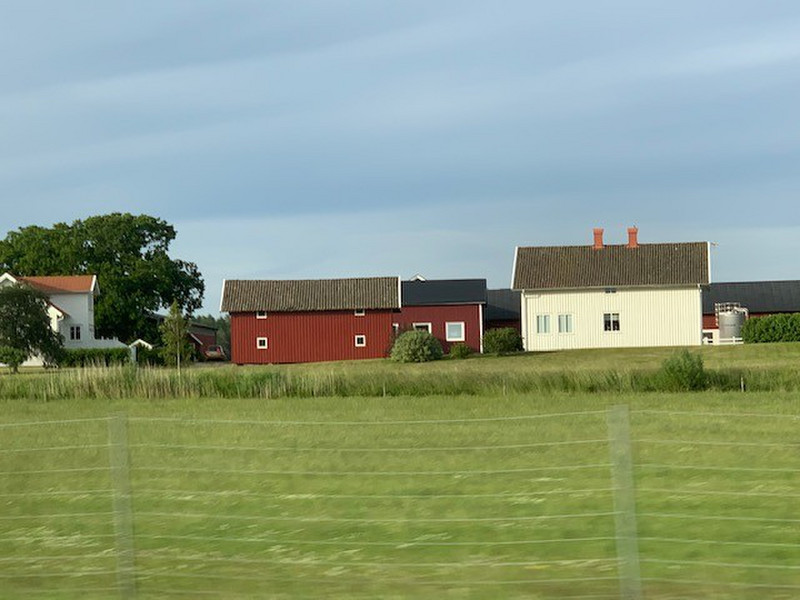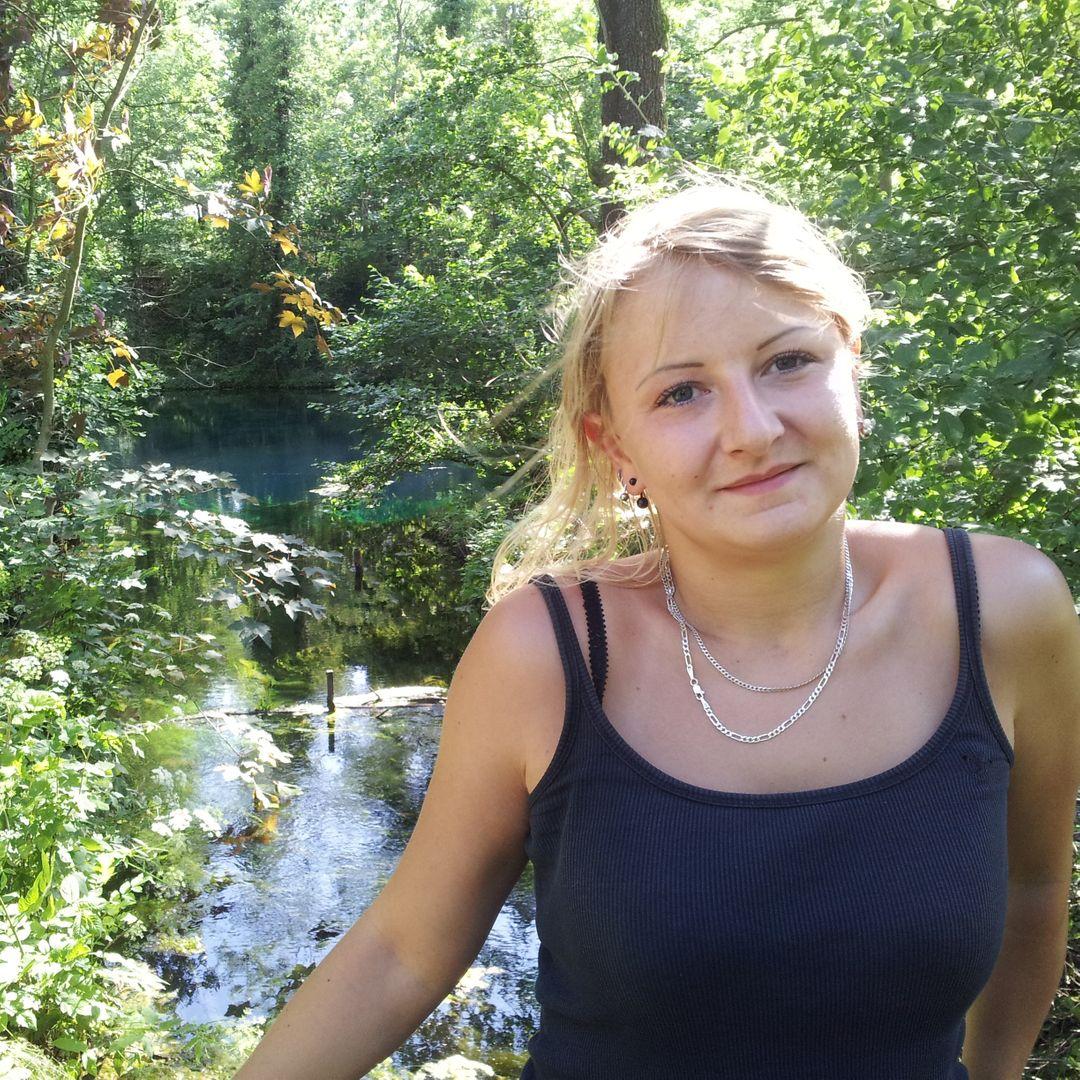It seems that when most people travel to Japan, or even just think of Japan, it is the sights on Honshu that appeal the most: Tokyo, Kyoto, Hiroshima, Hakone, etc. One of my aims of this little Japanese blog series is to get people to look beyond Honshu as the other islands of Japan are fantastic. However, after writing this blog and looking again at my photos, Ive why Honshu is rightly very popular and you could travel for months without stepping off it.
Tokyo is like nowhere else. It is massive and busy but it works. Where we lived at the other end of the country in Fukuoka has a population of 1.5 million, thus it isnt small by any means, but Tokyo seems like another world I lived in Tokyo back in 2010 for 3 months and knew I had to return because there is so much to see and do. I only got the chance to visit once during this stay, just before Christmas 2019, and didnt return because covid meant we tried to avoid big cities. During that single Tokyo weekend I still managed to revisit lots of
my favourite places, such as the top floor of the Metropolitan Building in Shinjuku for the best views, the peaceful escape that is Meiji Shrine, for great Korean food, the funky fashions of Harajuku, the classy shopping streets of Ginza, the Christmas lights of Midtown, and the busy streets of Shibuya. I need to go back!
Osaka is known for being a gritty port city with little for tourists. We liked it. The castle is worth a wander around, theres Kuromon market selling all kinds of delicious sea creatures, there is a new UNESCO site of massive tombs that are best appreciated from the top of a nearby building rather than face to face, we found great yakitori by the river with the big neon running man, and the huge aquarium was a good place to shelter from a passing typhoon – it has whale sharks!
Kobe was a brief stop in order for Magdalena to visit the Polish embassy to vote. We were there during the 2019 rugby world cup on the night Japan as host nation played Scotland. We found a great little bar up a back street, were adopted by the locals, ended
up with Japanese flags on our faces, and blossoms (the symbol of the Japanese rugby team) on our shirts. And Japan won a great game! A pal in Fukuoka used to live in Kobe and he wasnt surprised by our Kobe experience and said that was a normal night out there.
Nagoya, not much to say about it really. Fourth biggest city in Japan, famous for erm. Train museum is ok but not as good as York.
Gifu: because of what I stated above about Nagoya, next time we were in the area we stayed at Gifu. A pleasant little city where you can (apparently during times) watch fisherman catch fish using cormorants and fire. Theres a great hike up to the little castle and a lovely parkrun along the river.
Hiroshima is, as you would expect, a very moving place. We arrived at night and thus strolled around the ruins of the Atomic Bomb Dome when it was dark and silent with nobody around. It was such a familiar structure from so many pictures and videos from 1945 that I couldnt believe it was right in front of me. I found it quite overwhelming. The
Atomic Bomb Museum is terribly sad but a Two happier locations in Hiroshima I would thoroughly are Garden – a particularly nice traditional Japanese garden of shrunken scenery of miniature mountains, lakes and forests – and Okonomimura, which is a palace of four floors of Okonomiyaki restaurants (one of my favourite of all Japanese foods).
Himeji is a very worthwhile few hours stop on the Shinkansen line between the hit sights of Kyoto and Hiroshima – or in our case between Osaka and Fukuoka. Himeji Castle is immense. Unlike most Japanese castles that have been destroyed and rebuilt multiple times due to battles, earthquakes, fires and World War II bombs, Himeji Castle has miraculously survived since the 1300s. I found the insides of many Japanese castles quite samey but if you are going to go in one then make it Himeji.
